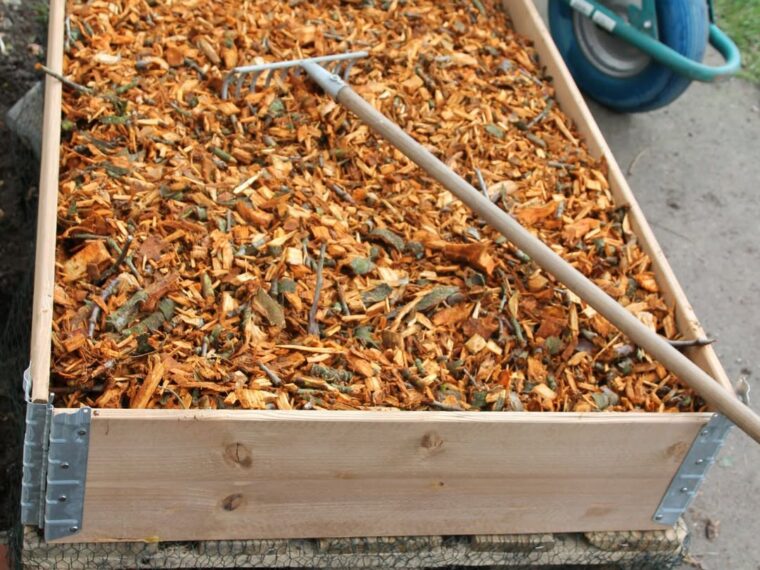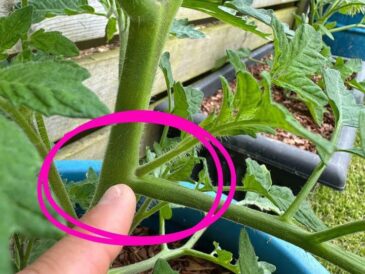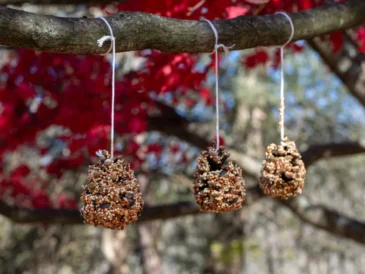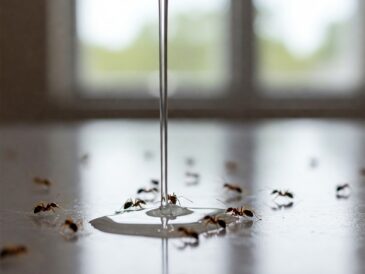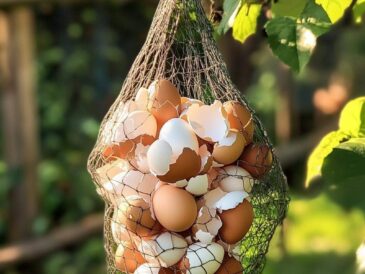Raised beds are a popular choice for gardeners, offering better drainage, soil control, and easier access for planting and harvesting. However, over time, the soil in raised beds can become depleted of nutrients, compacted, and less productive. Rejuvenating and replenishing your raised beds each season is crucial to maintain healthy, thriving plants. Below are seven effective methods to breathe new life into your raised beds and boost their productivity.
1. Remove Old Plants and Debris
Before rejuvenating your raised beds, it’s essential to clear out the previous season’s plants and debris. This helps eliminate pests, diseases, and fungal spores that may linger in the soil.
Steps to Clean Your Raised Bed:
- Pull out old plants, including roots.
- Remove any weeds or invasive plants.
- Rake out dead leaves, twigs, and other debris.
- Dispose of plant material that shows signs of disease.
Pro Tip: Compost healthy plant debris to recycle nutrients back into your garden.
2. Loosen and Aerate the Soil
Soil compaction is a common issue in raised beds, especially after heavy rain or continuous planting. Loosening the soil allows roots to grow freely and improves water and air circulation.
How to Aerate Soil:
- Use a garden fork or broadfork to gently loosen the soil to a depth of 6-12 inches.
- Avoid turning the soil completely to maintain its structure.
- Remove any large clumps or rocks that might hinder plant growth.
3. Add Organic Matter
Organic matter is the key to healthy, fertile soil. It improves soil texture, retains moisture, and provides essential nutrients.
Best Organic Matter Options:
- Compost: Homemade or store-bought compost enriches the soil with nutrients and beneficial microbes.
- Aged Manure: Well-composted animal manure adds nitrogen and other nutrients.
- Leaf Mold: Decomposed leaves are an excellent source of organic matter.
- Peat Moss or Coco Coir: These materials help retain moisture and improve soil structure.
Mix the organic matter into the top 6-8 inches of soil.
4. Replenish Nutrients with Fertilizers
Even with added organic matter, specific nutrients may still be lacking. Adding fertilizers ensures your plants receive the essential nutrients they need.
Types of Fertilizers:
TO CONTINUE READING THE ARTICLE PLEASE SEE PAGE 2
